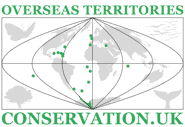Montserrat
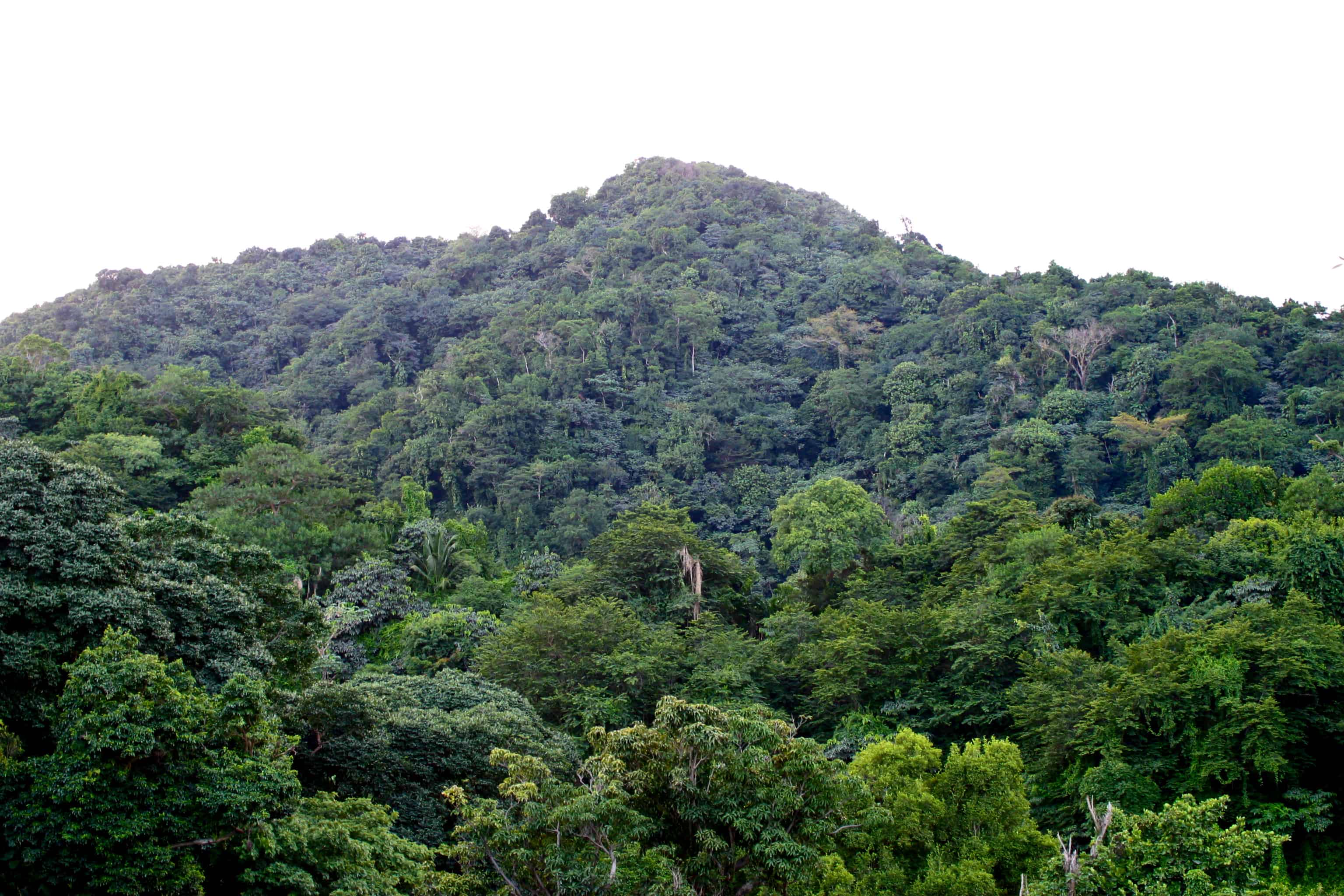
We give information about Montserrat in two main ways. Although there is some overlap, they are largely complementary. The virtual tour (opens in new window) uses a set of standard headings for each territory and, within these headings, presents what is essentially an illustrated slide-show, which can be viewed as a whole or by its sections. (If you have a slow internet connection, it may be easier to view the virtual tour.) The articles below are more variable in format and content, as indicated by the links.
The Island
Montserrat, one of the Leeward Islands in the eastern Caribbean, lies 43 km SW of Antigua and 64 km NW of Guadeloupe at 16⁰45’N, 62⁰12’W. The volcanic island (approximately 198 km2), 17 km long and 11 km wide, is mountainous, with streams and waterfalls amongst dense tropical rain forest and a rugged coastline.
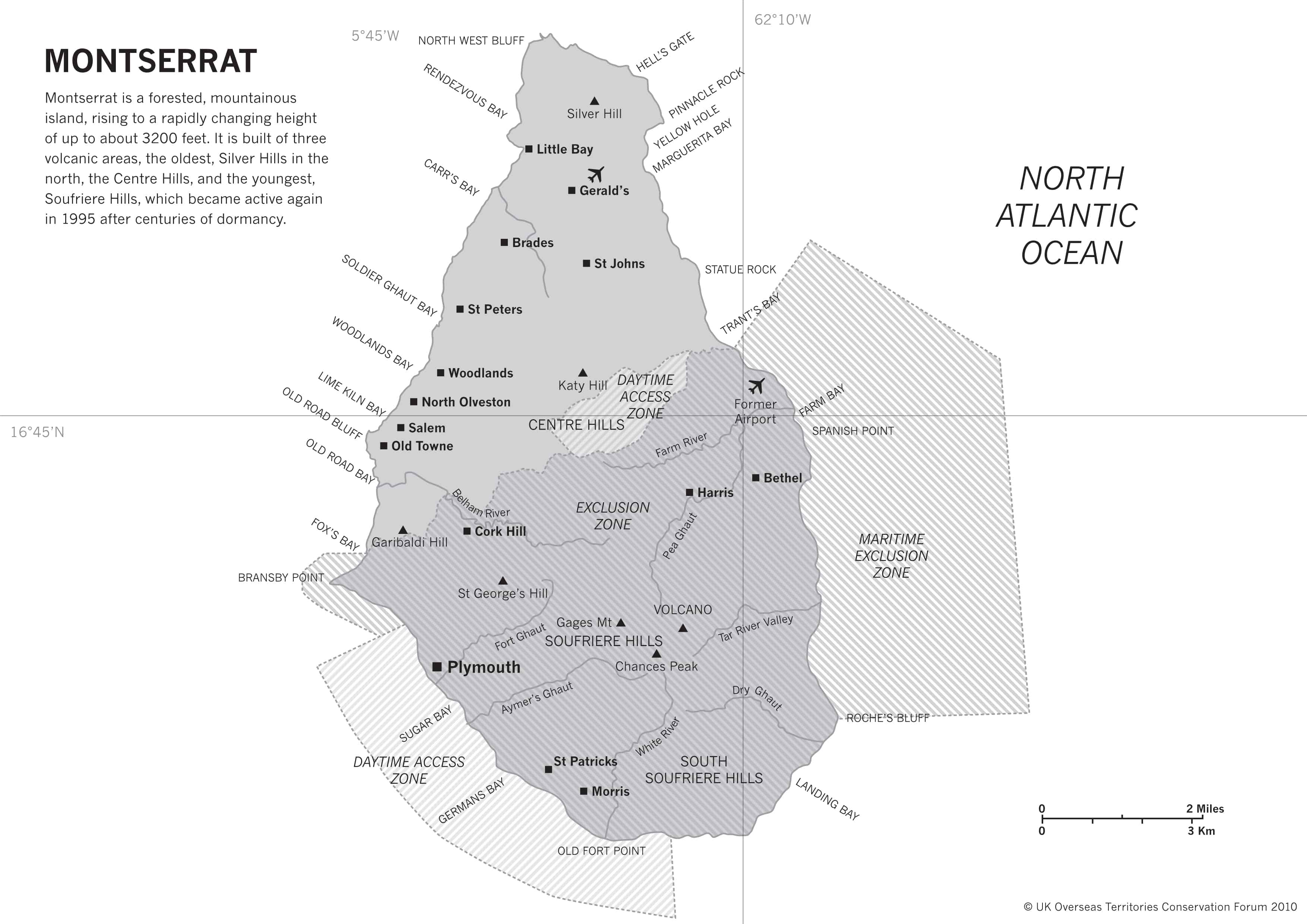
(Note that this map was drawn early in the period of volcanic activity. Some northern parts of the exclusion zone shown here have now been re-opened following a decline in volcanic activity.)
It comprises three distinct ranges; the Silver Hills (450 m) in the north, the Centre Hills (740 m) and the active volcanic region of the Soufriere Hills (900 m) in the south. The only flat lowlands are drowned river valleys on the west coast. The island’s steep topography extends to its submarine environments where a relatively narrow coastal shelf drops off rapidly to 180 m less than 2 km from shore in the south and about 4 km elsewhere. This has resulted in an erosion-prone coastline that consists mainly of cliffs, beaches and rocky shores. There are no natural harbours or barrier reefs to provide shelter from storm waves and swells.
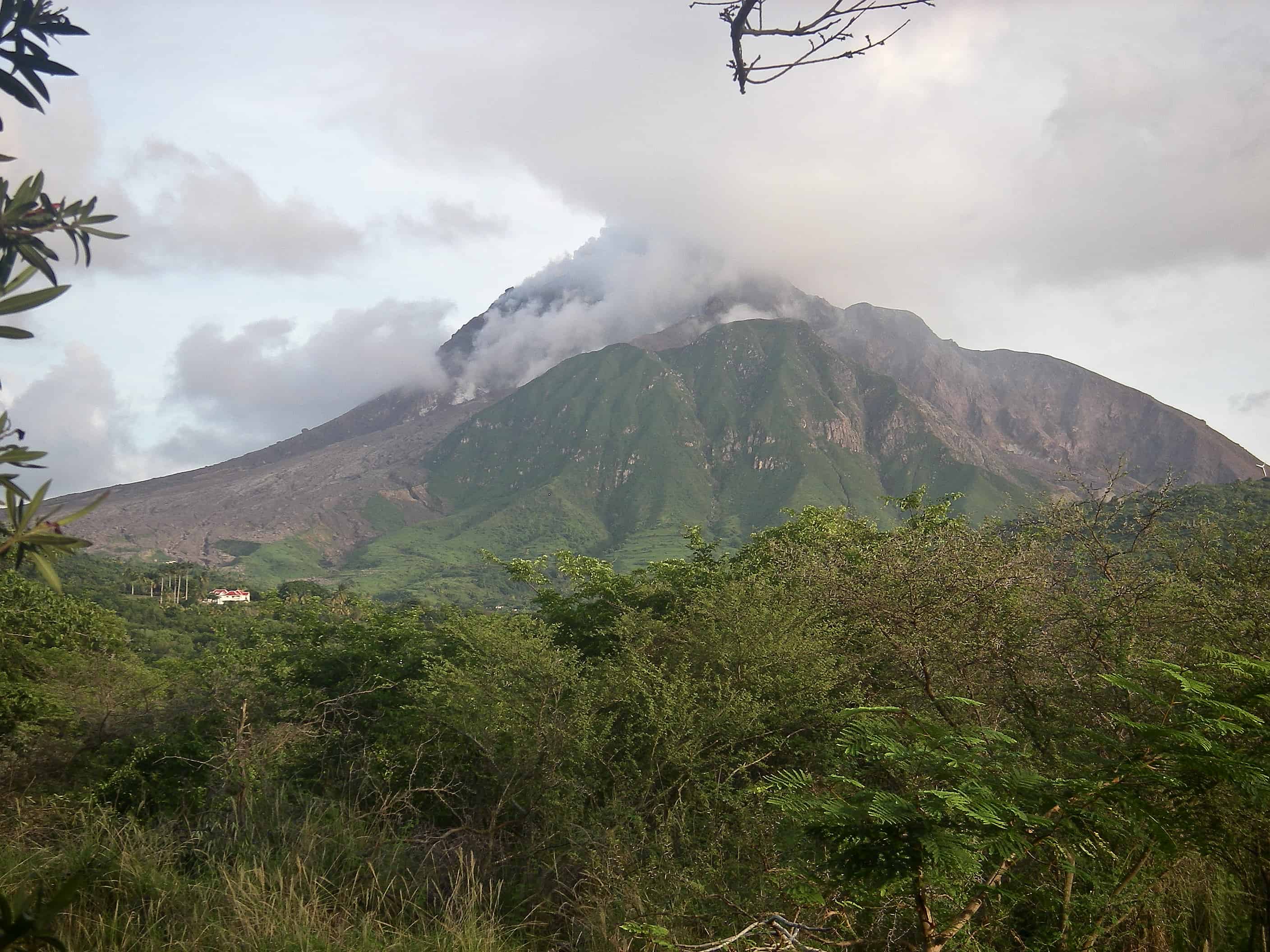
The first English colony in the West Indies was St Kitts, in 1623. Much of the work-force at that time were indentured labourers, many of them Irish. As they gained their freedom, unease on both sides in those days of great distrust between Catholics and Protestants led, by mutual agreement, to many of the Irish moving, in 1632, to settle nearby Montserrat. They established plantations, including sugar and limes. Despite their indentured history, they seemed as inclined as the English plantation owners to use slaves of African origin as the main work force switched to this source, mainly after 1700. St Patrick’s Day is still celebrated as a public holiday in Montserrat, and the Irish symbol of the shamrock plant is frequently used. The Day commemorates also those slaves and others killed in the rebellion of 1768 when slaves attempted unsuccessfully to achieve freedom. The St Patrick’s Week celebrations are a time for Montserratians living off-island to visit their families on Montserrat.
Montserrat’s volcano is an example of a pyroclastic volcano, generating pyroclastic flows (extremely fast moving clouds of boulders and superheated gas) rather than lava flows. On 18 July 1995, the Soufriere Hills volcano in the south of the island became active for the first time in over 400 years. The capital, Plymouth (referred to as a modern Pompei), was destroyed after the Gages Wall (a natural feature on the mountain) was overtopped in August 1997.
Key species
There are around 1,240 invertebrate species on Montserrat, of which ca 120 are endemic to the island, and a large proportion are found in the Centre Hills. However, with an average body length of just 4.5mm, the vast majority of invertebrates that exist (particularly in the most studied Centre Hills) go completely unnoticed except by a few experts, including the West Indian Beetle Fauna Project of Montana State University who have worked extensively on beetle fauna, most recently as part of the current UKOTCF-organised programme. The island is home to a unique bee species and there is a lot more to discover. In 2017, the team from Montana discovered a new species of long-legged fly which provides an important service to the island in that it preys on mosquito larvae.
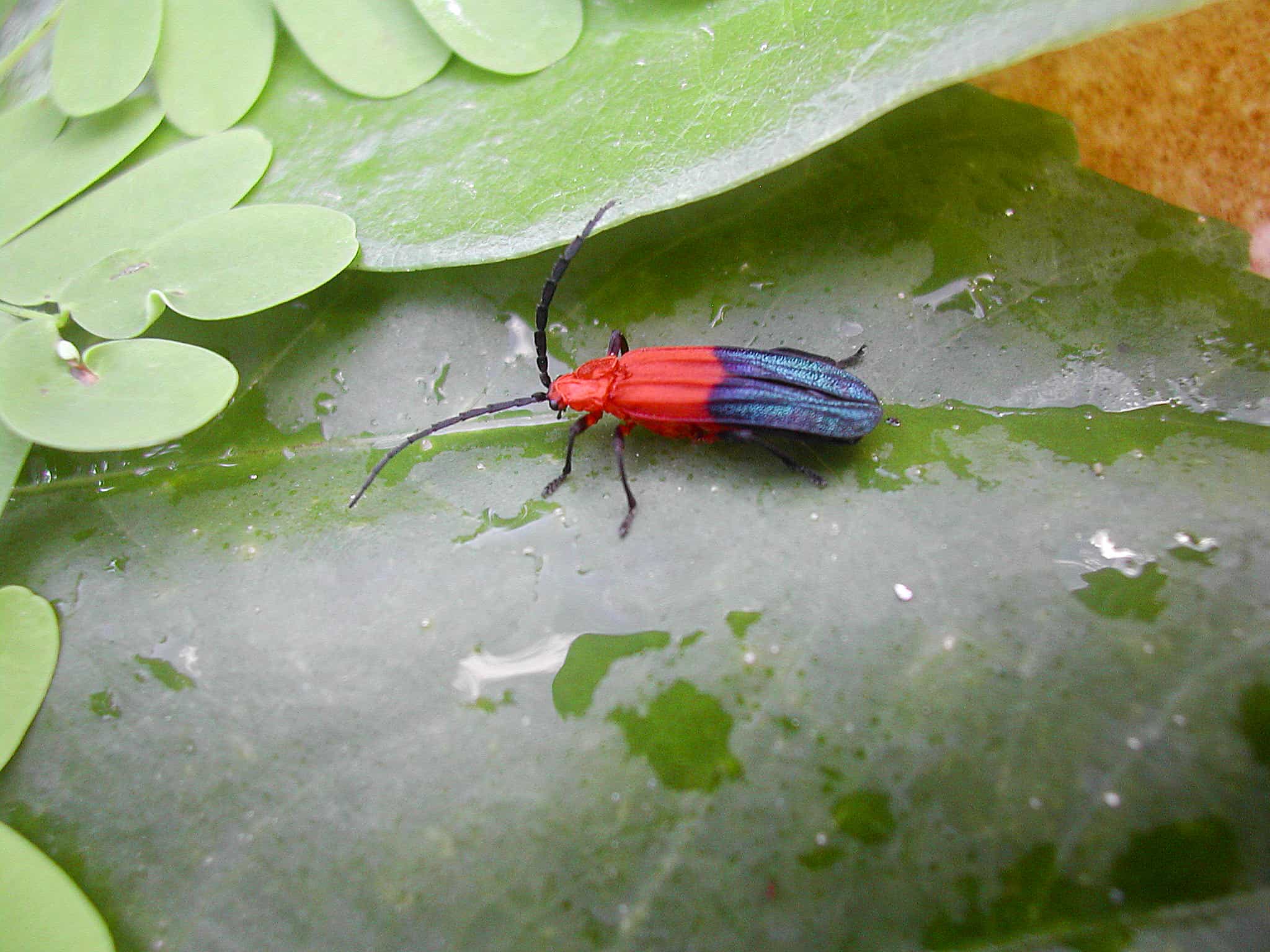
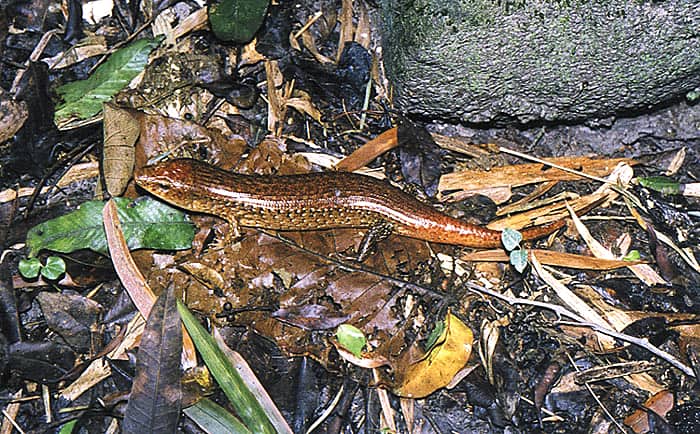
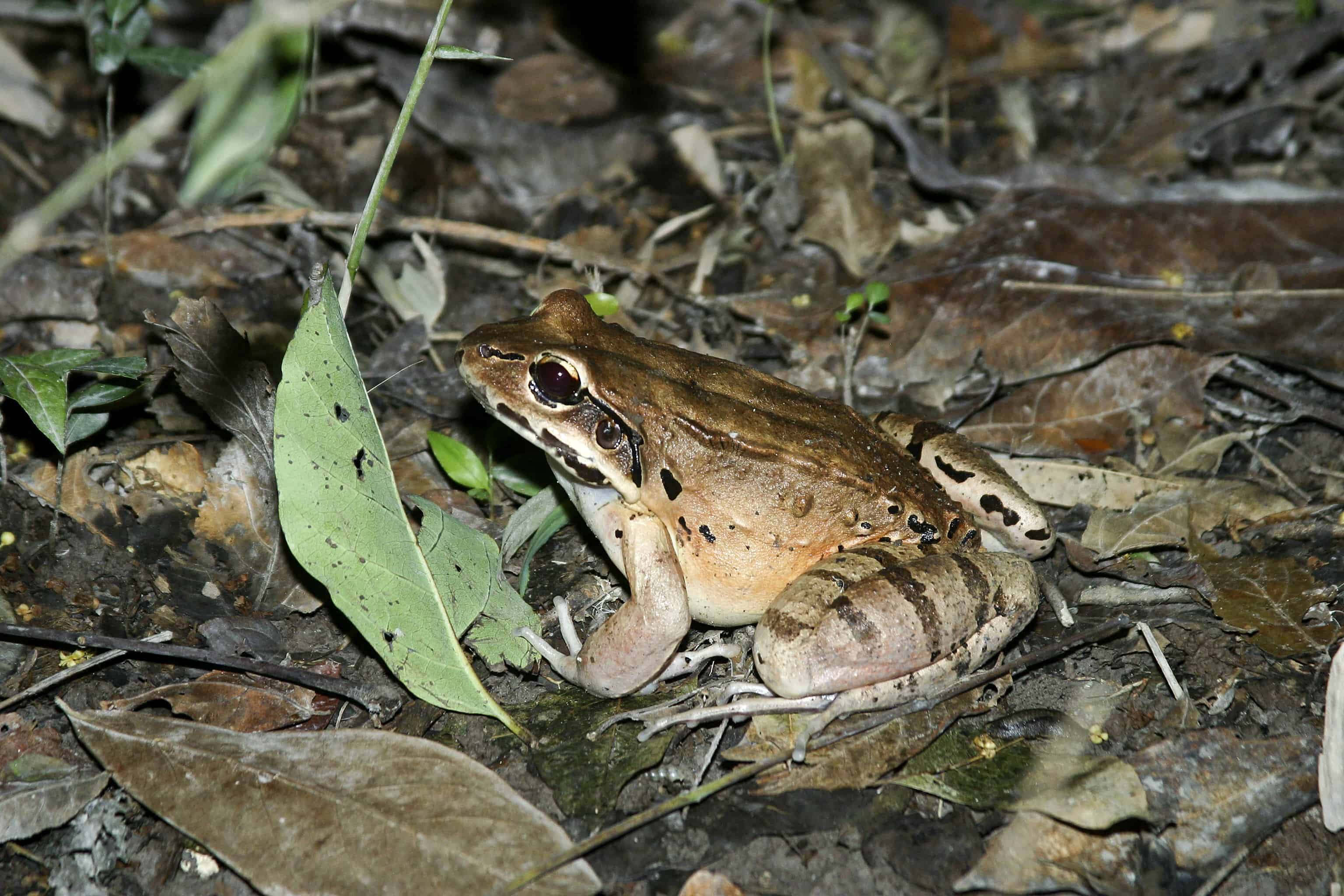
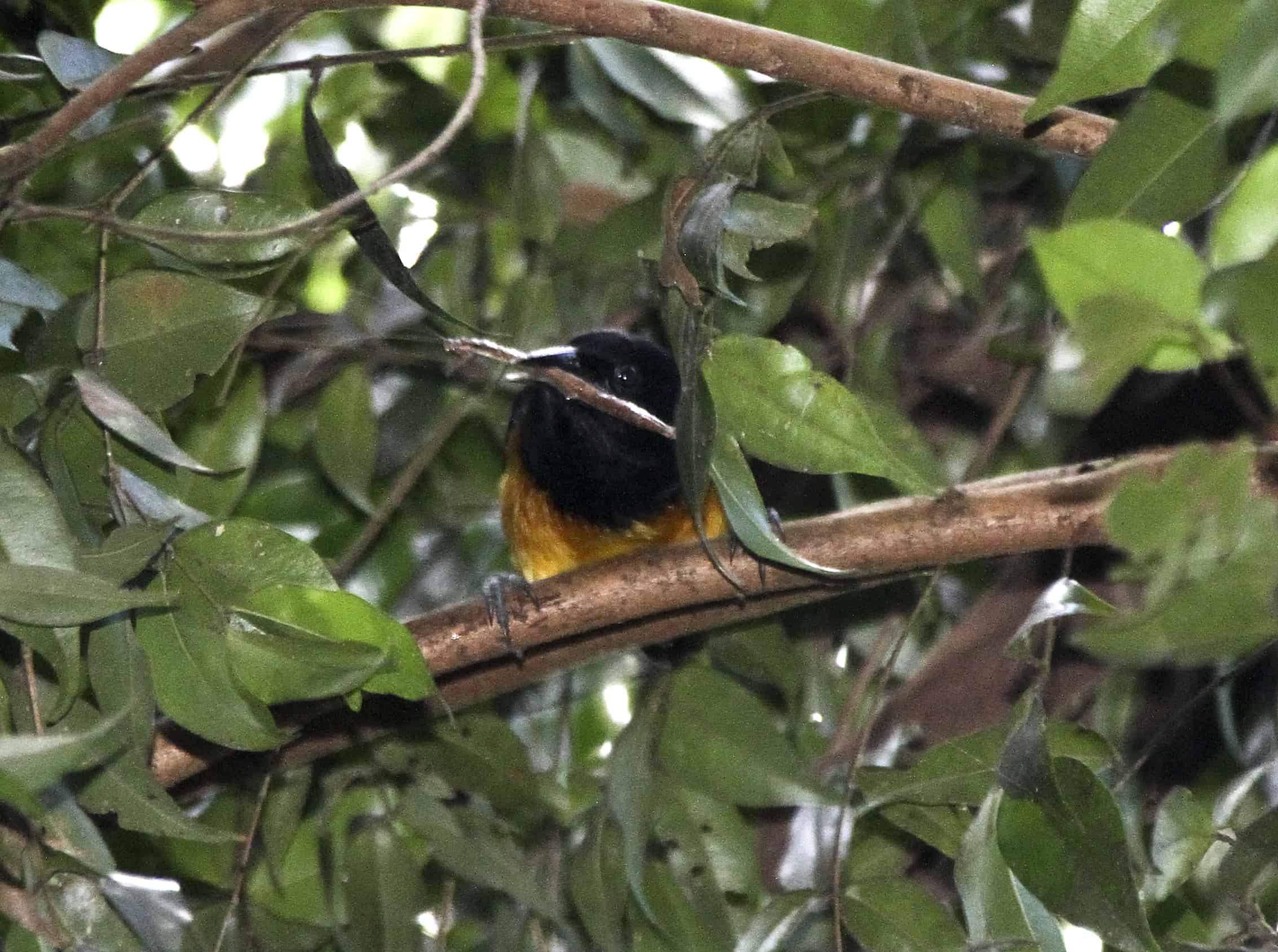
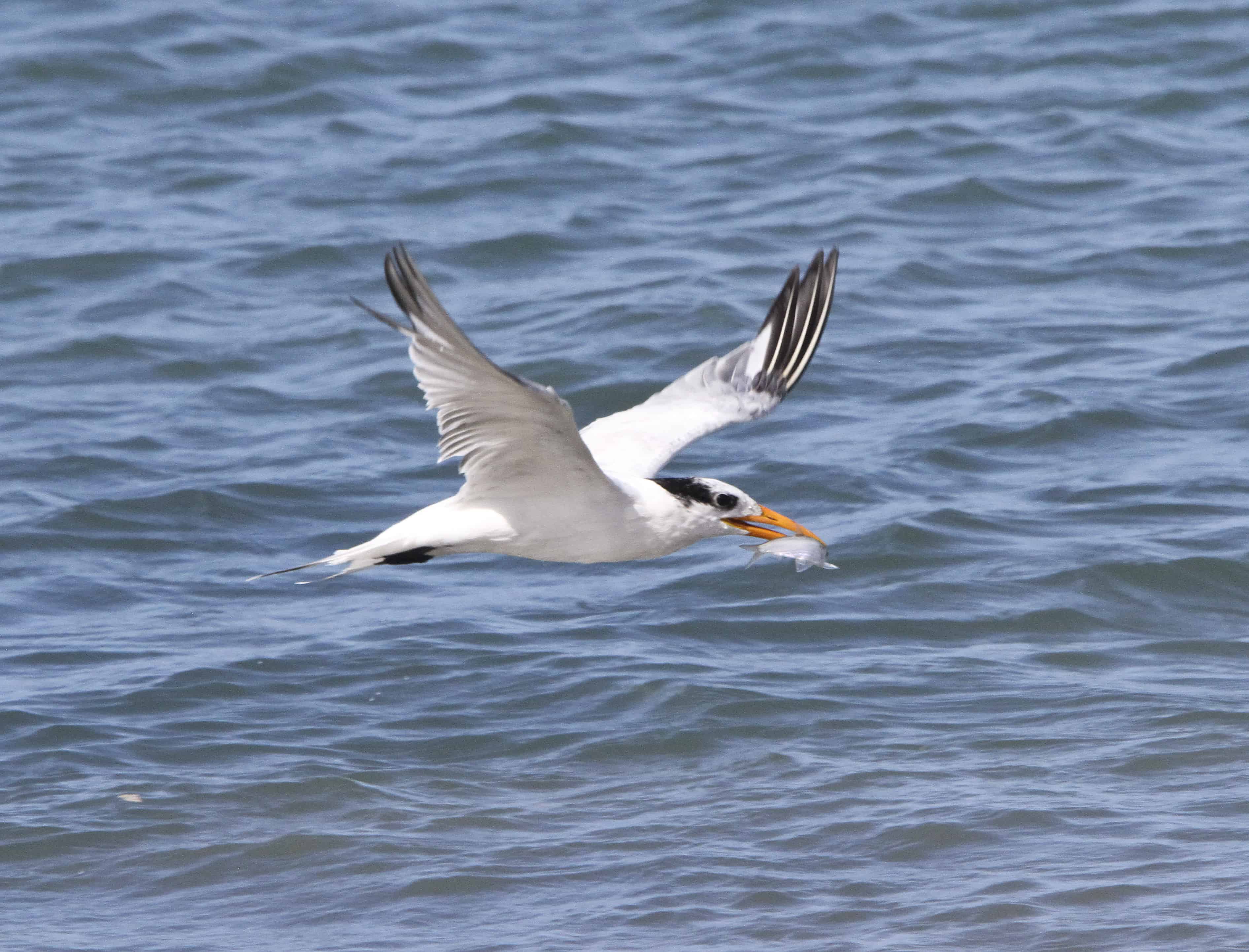
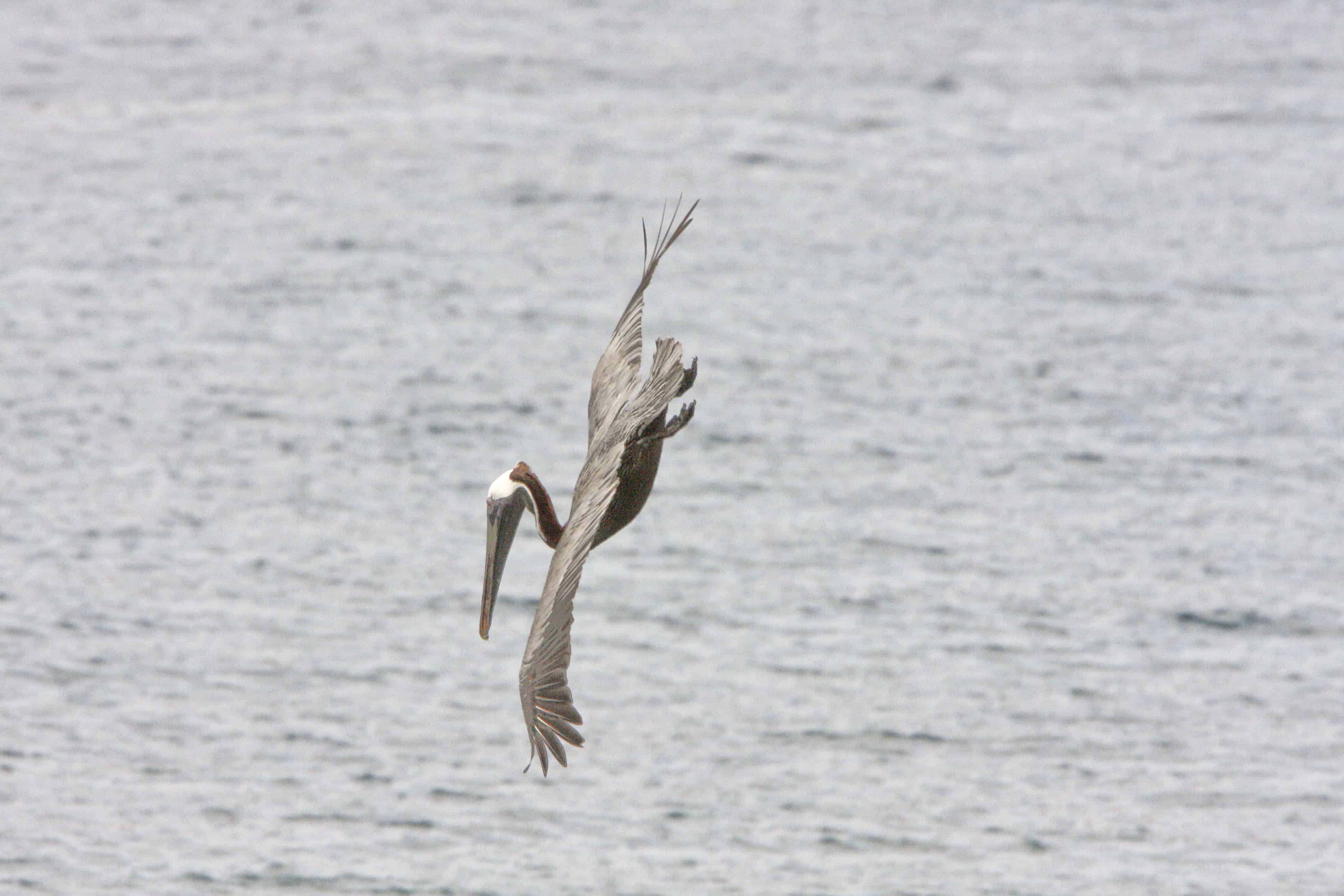
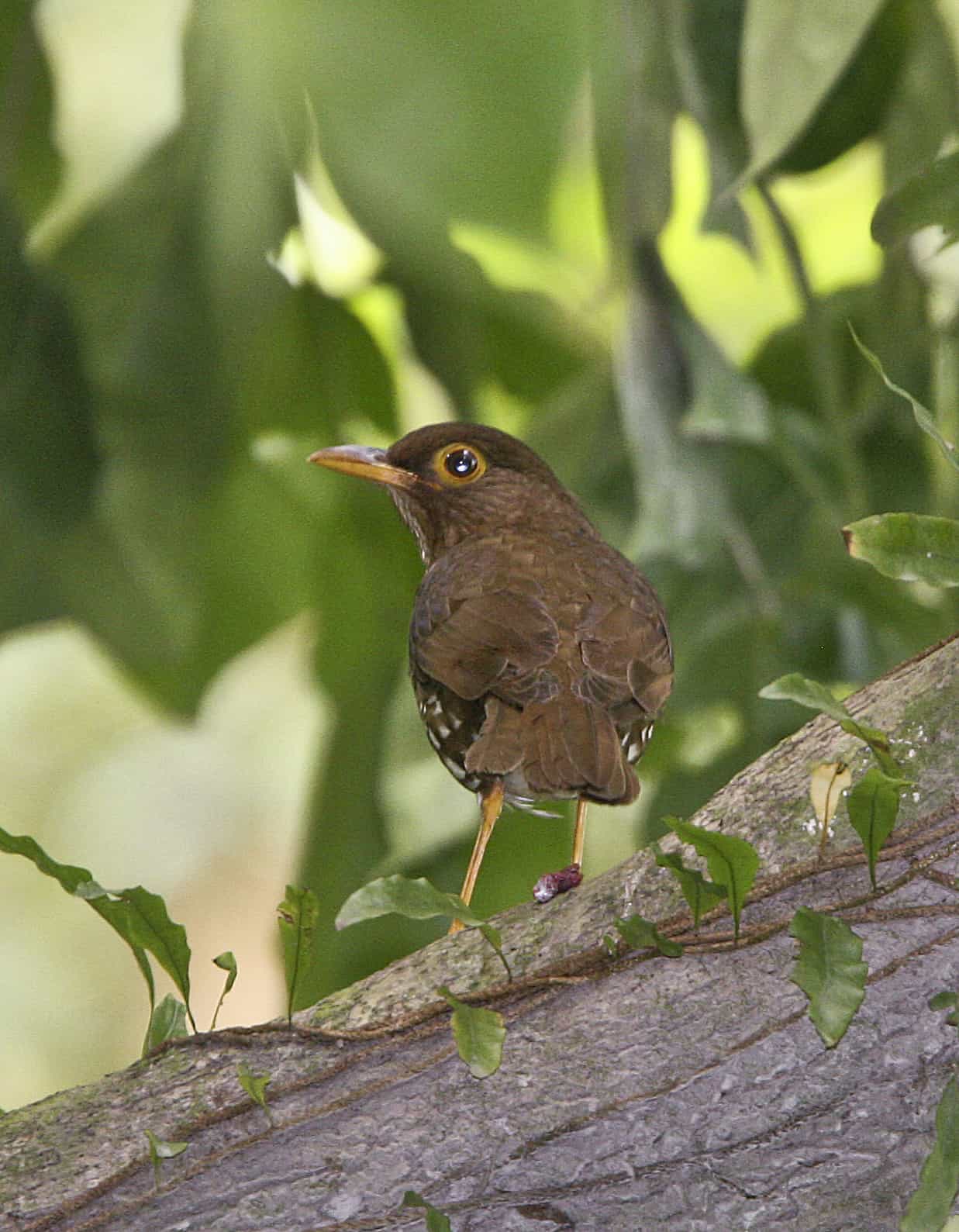
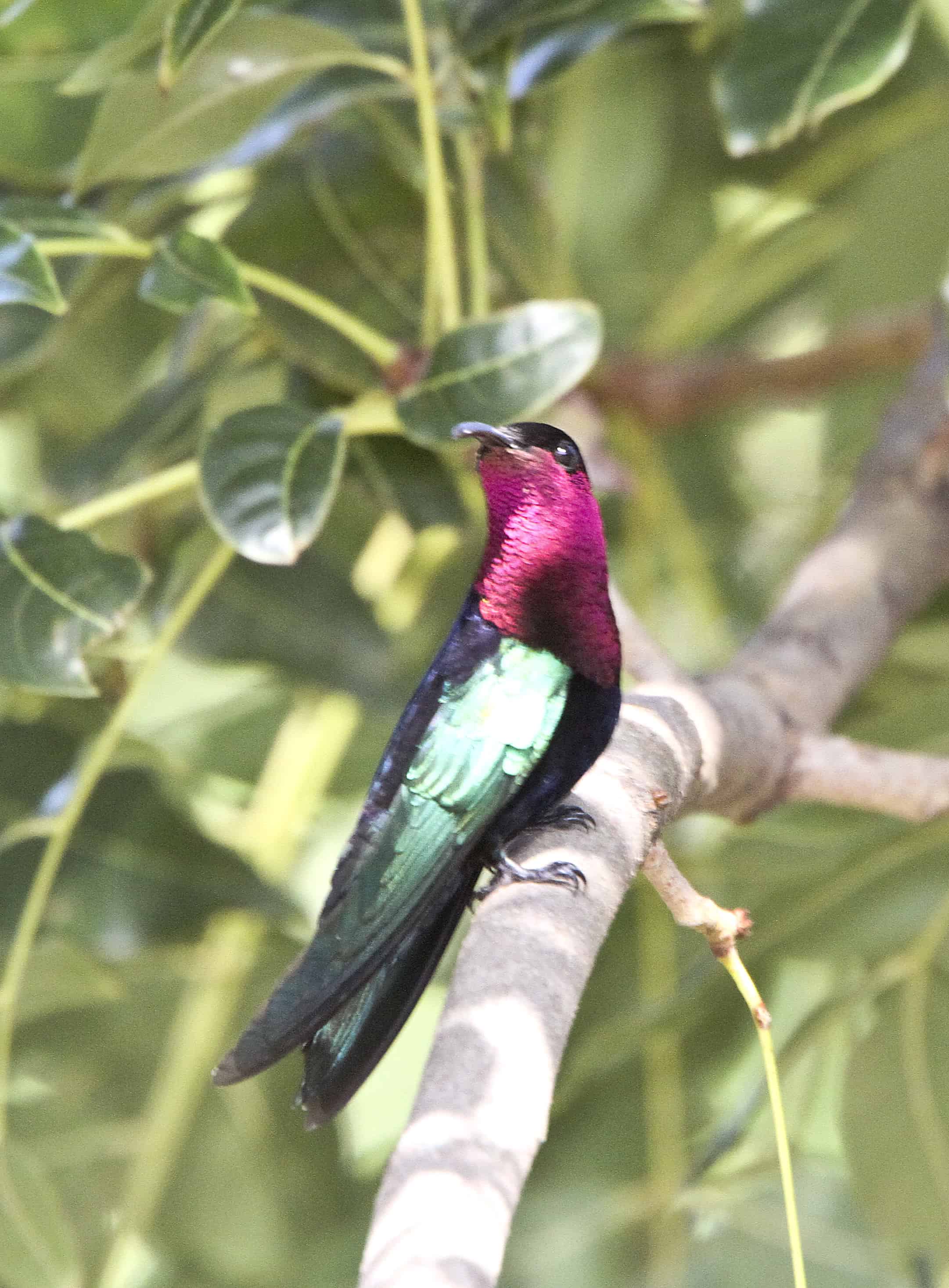
There are 3 species of amphibians and 11 species of reptiles reported for Montserrat; these include 6 endemics at the species or sub-species level.
The endemic Montserrat galliwasp lizard is listed as Critically Endangered due to habitat loss. Since its discovery in 1964 there have only been a few confirmed sightings of this elusive lizard that lives amongst the leaf litter and rock crevices in the Centre Hills.
The remarkable ‘Mountain Chicken’ is the second largest frog in the world, and found only on Montserrat and Dominica. However, hunting, habitat destruction from the volcanic eruptions, and the recent arrival of the fatal fungal infection, Chytridiomycosis, has devastated these frogs. A captive breeding and potential reintroduction programme, led by the Durrell Wildlife Conservation Trust and Zoological Society London, offers a last hope of bringing this species back from the brink of extinction. 4 species of marine turtles forage near and nest on Montserrat – the hawksbill, green, leatherback and loggerhead turtles.
There are 102 species of birds recorded for Montserrat, including 34 breeding, one endemic and 11 range restricted species. The endemic Montserrat oriole, the national bird, is Critically Endangered and is now restricted to the rain- and cloud-forest areas of the Centre Hills and the South Soufriere Hills. These birds feed mainly on insects in the undergrowth, and create basket-shaped nests under a horizontal leaf of Heliconia.
Other forest birds include, the forest thrush (a regional endemic with a subspecies endemic to Montserrat, 3 species of hummingbird and the scaly-breasted thrasher (all restricted to the Lesser Antilles).
The shores of Montserrat serve as foraging grounds for a number of seabird species, including brown pelicans, royal terns, brown boobies, red-billed tropicbirds and magnificent frigatebirds. While significant wetland areas are not abundant in Montserrat, there are still some areas that provide wetland habitat for shorebirds such as the green heron, resident to Montserrat, the great egret and snowy egret that breed in the region, and a number of migrants such as the black-necked stilt, greater and lesser yellowlegs, and spotted sandpipers.
There are 10 species of bats known on Montserrat.
There are around 795 plant species native to the island, of which 3 are endemic and found nowhere else. These are Xylosma serratum, a member of the willow family, Salicaceae, now believed to be extinct, the orchid Epidendrum montserratense, and a member of the coffee family, Rondeletia buxifolia. A further 70 of the plant species are endemic to the Lesser Antilles, and Montserrat also supports 4 Caribbean endemic genera.
Habitats and protected areas
The vegetation of the island differs markedly from coast to mountain top, with littoral vegetation and dry scrub and thicket at lower altitudes, dry forest along lower valleys and hill ridges, and mesic and wet forest at the higher altitudes that receive the greatest amount of rainfall. The National Trust Botanic Garden contains pleasant and interesting gardens, with native and endemic plants on display, as well as greenhouses where some of these plants are being propagated for restoration work in the wild. Montserrat National Trust also operates the National Museum at Little Bay.
The Centre Hills is the largest remaining forest area on Montserrat, providing the last remaining habitat for some of the island’s unique biodiversity such as the Montserrat oriole, galliwasp lizard, ‘mountain chicken’ frog and an endemic orchid. The area provides also a number of vital ecosystem services, containing the main water catchments on the island, and provides protection from soil erosion, landslides and flooding during severe weather events. The Centre Hills Project (2005 – 2008), a major multi-partner project part funded by the Darwin Initiative, saw that this important area received legal protection as a Nature Reserve, and a management plan for the conservation of biodiversity and control of invasive species in the area was devised and implemented. This is particularly important as there is pressure on this land as island’s infrastructure continues to be rebuilt in the north following the volcanic activity. The project moved conservation work on the island forward by carrying out an extensive assessment of biological resources, an assessment of socioeconomic values of land use, and a review and revision of environmental legislation on the island, complemented by an outreach programme. A series of hiking trails created through the Centre Hills also enables residents and visitors to experience the rainforest.
The marine environment around Montserrat supports a wide variety of valuable marine habitats and species. However, as with the terrestrial environment, the marine environment has also been profoundly impacted by the hurricanes and volcanic eruptions, in particular by the resulting elevated sedimentation and nutrients. The waters of Montserrat are composed of a small shelf area with a significant portion of its marine environment being pelagic and deep sea habitats. The island has relatively little shallow reef, mangrove, and seagrass habitat in comparison to other Caribbean islands. Therefore, overall, the marine areas around Montserrat that support marine life, especially fisheries are relatively small and still suffering from disturbance, and so limited in their capacity to support commercial exploitation. There is on-going work by the Government of Montserrat and partners, including the Waitt Institute (whose initial involvement was facilitated by UKOTCF to meet a request for help from the Government of Montserrat), JNCC, SAERI, to assess the current health of Montserrat’s marine ecosystems and improve the legal framework for sustainable management of use of the ocean resources so that they can support coastal economies and livelihoods sustainably.
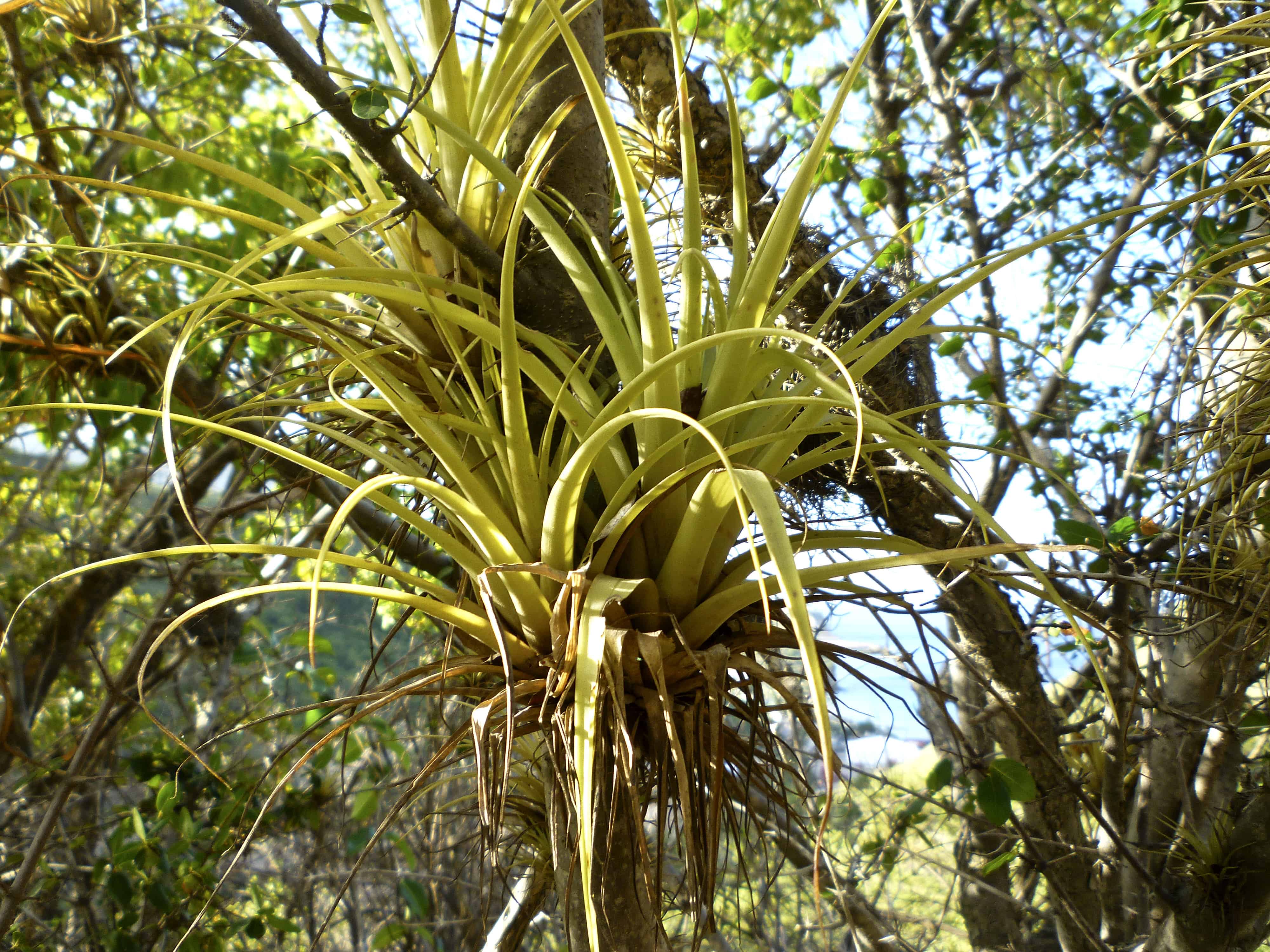
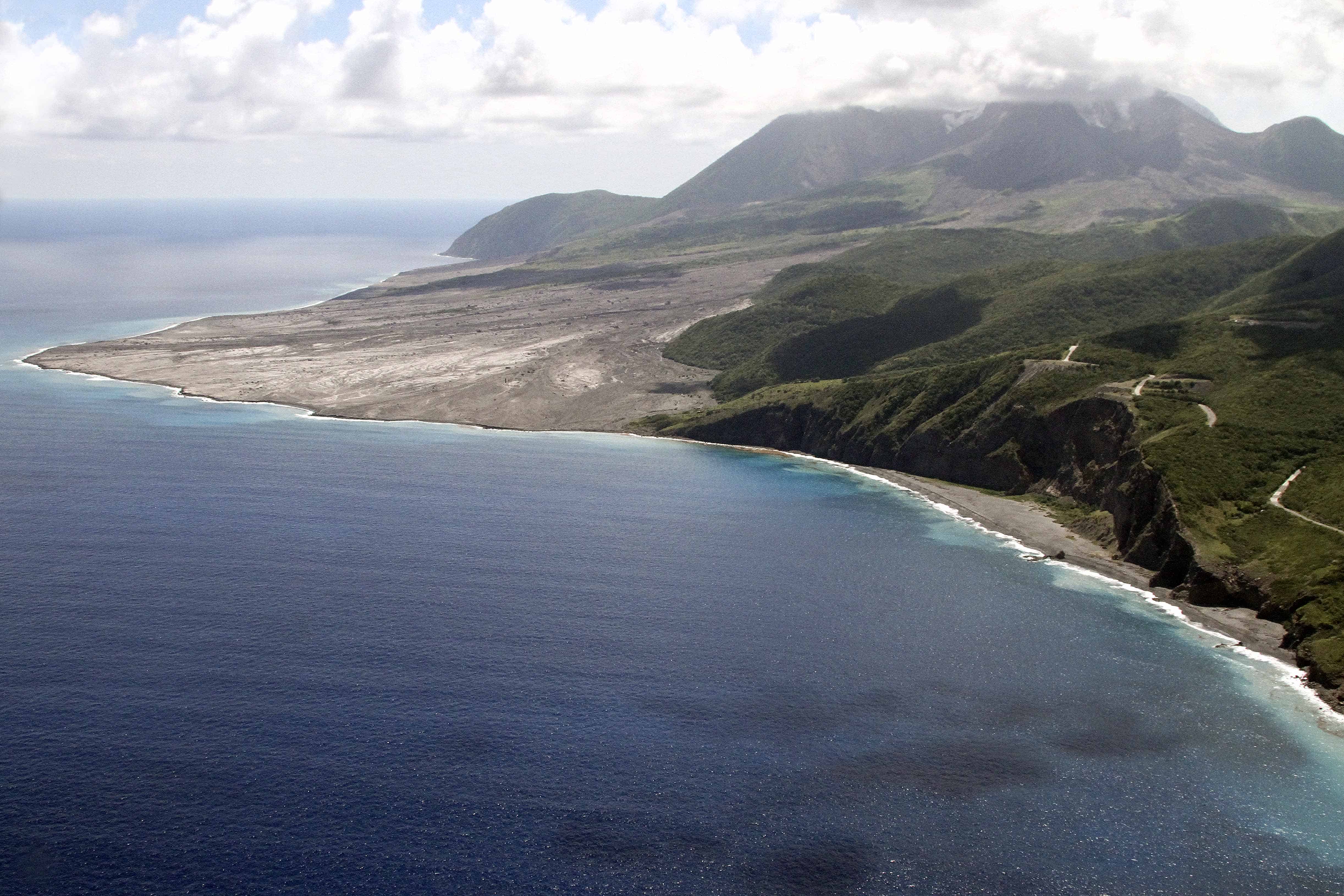
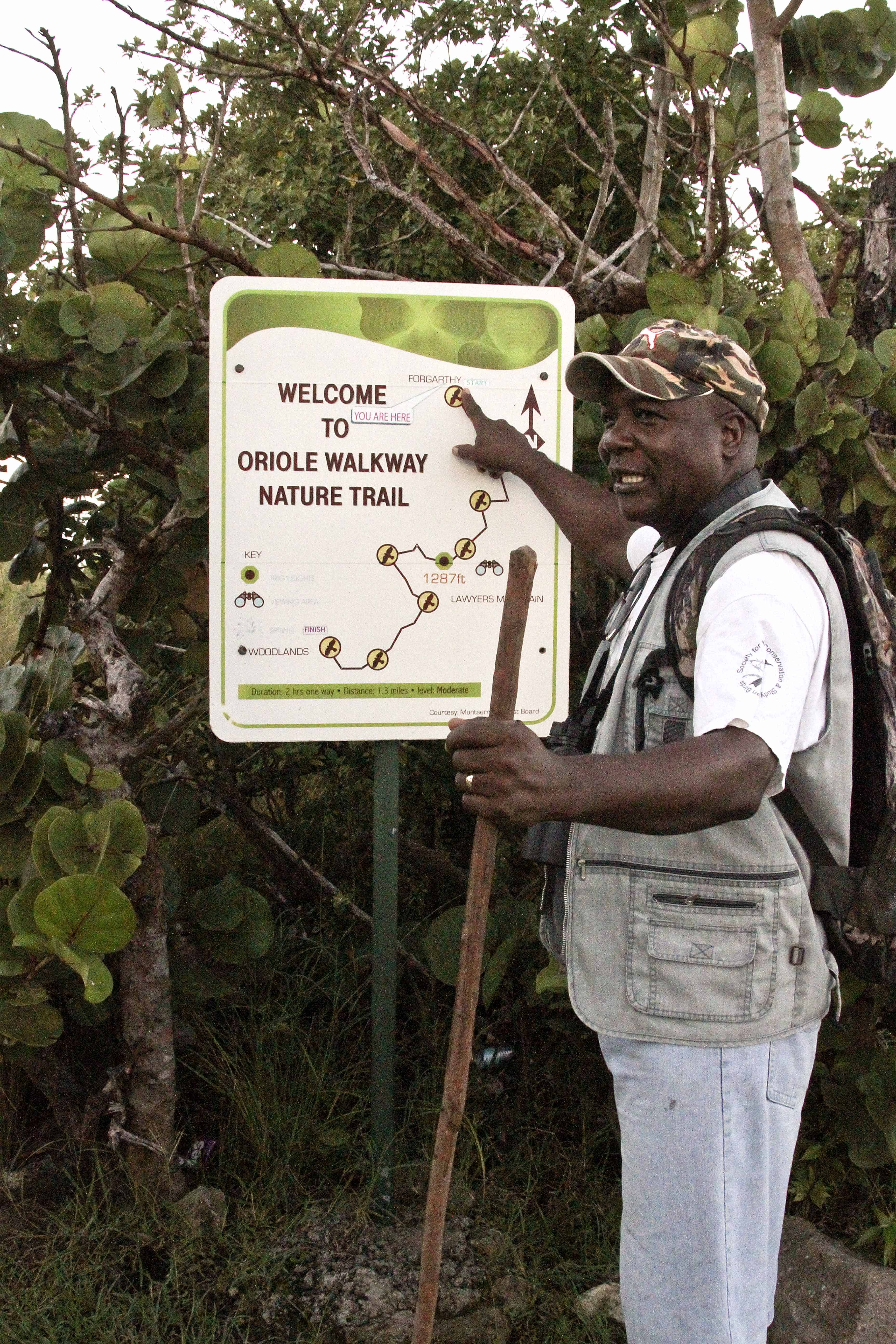
Challenges
Montserrat lost approximately 45% of its forest to volcanic activity, and the abandonment of livestock has created significant feral animal problem. The Montserrat Volcano Observatory monitors volcanic activity constantly and provides information to the general public. Since volcanic activity began, the human population on the island has declined from approximately 12,000 to about 4,500, as many people had to leave because most of the housing was destroyed. Whilst many have returned to the island as volcanic activity declined, there are still major challenges particularly relating to housing and employment, which limit the rate of return to the island. The island has several zones, to ensure public safety: about 33% of the land mass in the north is in the safe area of unrestricted access. The rest was in an Exclusion Zone in the south. However, restrictions in the northernmost parts of this zone have been reduced in recent years because of a reduction in volcanic activity, but most of this area will remain restricted in the long term.
A Sustainable Development Plan 2008-2020 has been developed for Montserrat, which integrates environmental aspects into the island’s redevelopment. The development of a new capital town at Little Bay is a key part of the rebuilding of the island, which aims to be finished by 2020.
Poor planning decision have sadly led to the destruction of natural areas including one of the island’s only wetland sites. Recent work by local bodies supported by international experts addresses the need for environmental considerations to be integrated into planning decisions.
Feral animals, such as pigs, goats and rats, have degraded areas of native vegetation and destroyed seedlings, while invasive floral species, such as the purple allamanda Cryptostegia madascariensis, are smothering native plants. This problem was exacerbated by the necessary abandonment of livestock due to the volcanic eruption. The arrival of the chytrid fungus is threatening the critically endangered mountain chicken.
Conservation initiatives
The Montserrat National Trust was established by statute in February 1970, has been at the forefront of preserving and conserving the cultural, historic and archaeological heritage of the Island.
UKOTCF has supported conservation in Montserrat for over 20 years working with the Trust, the Department of Environment and others. Recently we completed the first part of a project, with a number of partners on-island and overseas experts, aimed at maximizing the survival prospects of Montserrat’s endemic species and ecosystem-services. This project took a holistic view, looking at both development and the natural environment in the still inhabited zone, data management and the development of shared vision for the south of the island. See videos on some of the current work in the UKOTCF/MNT Save Our Special Nature of Montserrat programme here:
1. Dwayne Hixon’s Adopt a Home for Wildlife site at Belham River Mouth (4min33)
2. Corkhill Reunion Committee’s Adopt a Home for Wildlife site (5min50)
At the request of local partners and in collaboration with the Montserrat National Trust, in 2015 UKOTCF published a guide book to viewing birds, other wildlife and heritage features of Montserrat. This is available on-island from Montserrat National Trust shop at Salem and, off-island by post or download from UKOTCF. This booklet is the result of the knowledge gained over UKOTCF’s some 20 years of collaboration with Montserrat.
UKOTCF’s Ann Pienkowski has produced a short introductory video to Montserrat:
UKOTCF/local partner projects over 20 years
- Securing the pro-bono services of a world expert on environmental impact assessments, and providing, with her, a course for decision-makers and technical personnel to improve the incorporation of environmental considerations in physical planning;
- Working with the Department of the Environment, the Fisheries Unit and the National Trust, to help design projects and secure funding, including for the National Trust to preserve and index historical documents, and to capture rain-water to demonstrate wise water-use in gardens, as well as develop a new native plant nursery;
- Including Montserrat personnel in networks to exchange expertise and best practice in conservation matters – including supporting Montserrat attendance at UKOTCF-organised conferences for UKOT conservation practitioners every few years, and involving Montserrat personnel in UKOTCF’s Wider Caribbean Working Group, via Skype and email throughout each year;
- Including material on Montserrat on our website, especially via the Virtual Tour of the territory, outlining its historical and cultural importance;
- Linking UKOTs (alongside the overseas entities of other European Union member states) into the biodiversity programme Net-BiOME, so that Montserrat was able to benefit in one of the funded projects despite UK Government not contributing to the research fund;
- Facilitating training and planning for implementing international commitments;
- Co-ordinating discussions, following the start of volcanic activity, as to which organisations could contribute to emergency programmes, leading to several still-current conservation and research projects;
- Securing funding for, and initiating, a study by Montserratian partners on biodiversity survey & planning;
- A previous UKOTCF Co-ordinator spending a year volunteering on Montserrat in the 1990s helping to develop the National Trust;
- Securing other grant funding, specialist volunteer help, specialist advice and other assistance for Montserrat conservation bodies;
- Establishing the international importance of Montserrat sites, under the Ramsar Convention on Wetlands.
In 2015, UKOTCF, together with many partner organisations in the UKOTs, helped Stewart McPherson with his project Britain’s Treasure Islands. As part of this, we provided information and images for, and helped to fund, a series of mini documentaries on the premise that they would be open source so that everyone could enjoy them. Montserrat’s mini documentary (whose bird video was taken by UKOTCF’s Ann Pienkowski) can be seen here:
